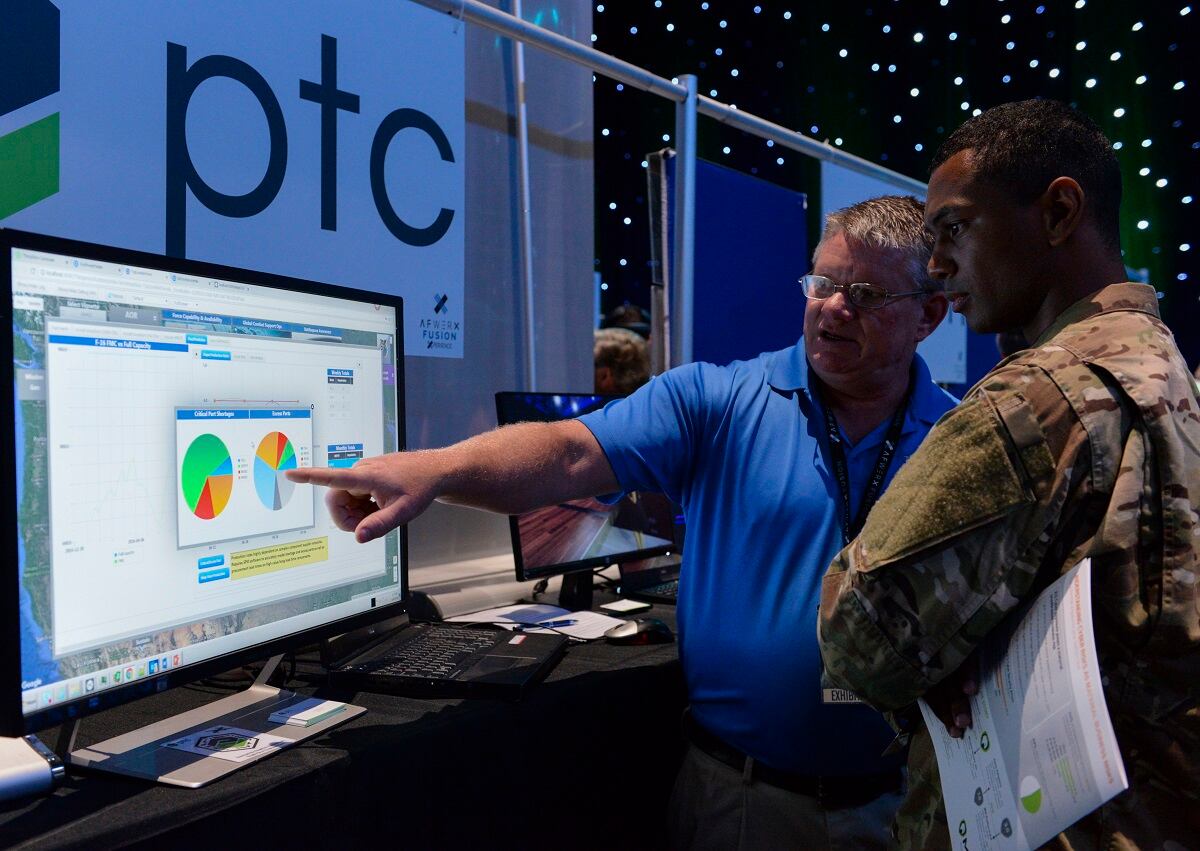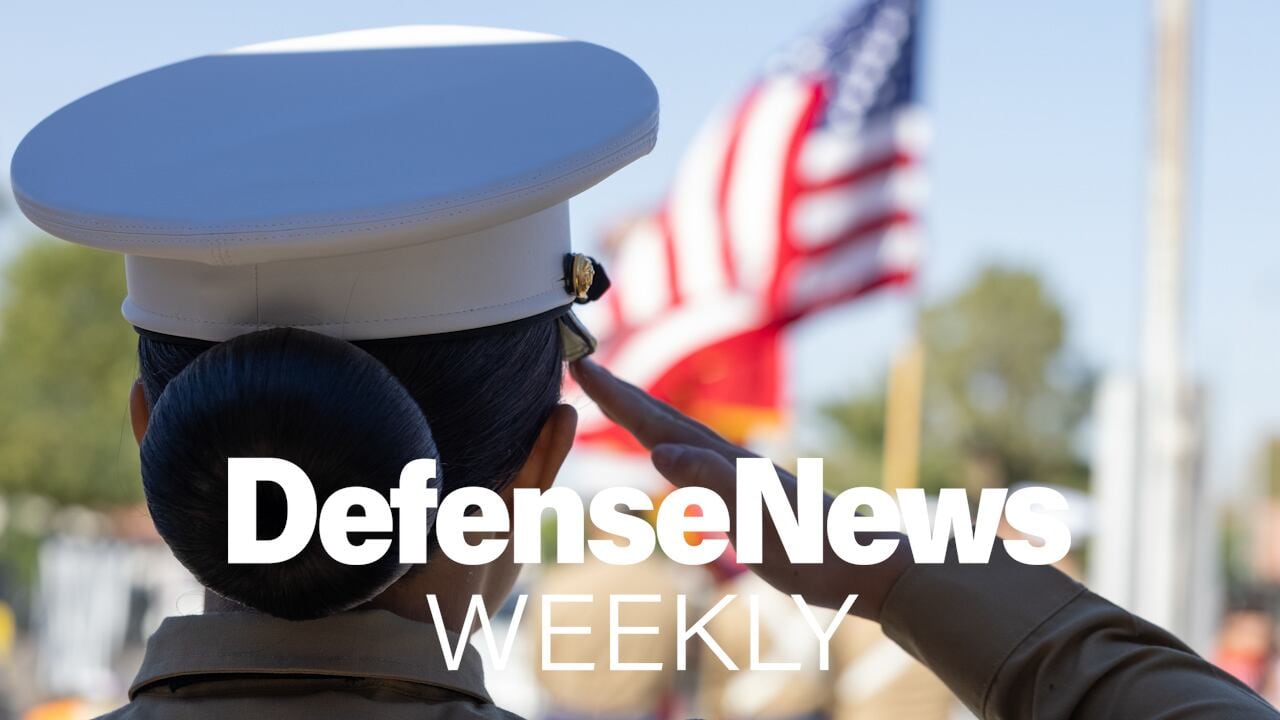WASHINGTON — The U.S. Air Force’s program executive office for battle management has been redesignated PEO Digital, but it’s more than a name change, the service’s top acquisition executive told Defense News.
Instead, it’s about taking one of the Air Force’s most diverse acquisition portfolios — covering everything from JSTARS ground-surveillance planes to certain communications gear — and transforming it into the headquarters of agile software development as the service moves forward with evermore sophisticated information technology programs, said Will Roper, assistant secretary of the Air Force for acquisition, technology and logistics.
In at least the beginning, it will look much like the service’s program office for buying services.
“It won’t do all of the software development for the Air Force. There’s no way it could,” Roper said in a Sept. 7 interview. But the hope is that it will be able to manage agile software development for some of the Air Force’s most tricky programs, while at the same time providing expertise and software development tools to the rest of the program offices.
“As programs shift to agile development, where they're pushing code out every month, where they are working directly with the user, where they are measuring their output using metrics that tell them whether it's good code or bad code, PEO Digital will provide Air Force standards for doing it and a playbook for making it work,” Roper said.
Click here for more stories from the 2018 Air Force Association conference!
Steve Wert, the former leader of PEO Battle Management, has been tapped to take the reins of PEO Digital as it moves forward. Key to that will be ensuring the service adheres to industry best practices for software and coming up with metrics it can use to evaluate whether it is developing good code quick enough.
RELATED

“We’re figuring out what’s the right timeline for that piece of code being left with the operator and [whether] the operator’s happy. How do you decide what’s too big of an increment of code and break it up? It’s stuff that we’re going to have to have a standard process [for],” Roper said.
“It won’t be perfect on Day One. But we know the analog has worked well for service contracts. We just need to perfect the unique twist that software adds, starting with pathfinders that are low hanging but still impactful for the Air Force,” he said, adding that the F-35 program or various space programs could provide possible opportunities.
Both the Air Force and major defense primes have struggled in the past to create software quickly enough to match the pace of threats. Air Force officials have cited that problem as central to driving the cost and schedule growth associated with the service’s next-generation GPS ground stations, known as OCX. It was also a core reason why the service decided to cancel the Air Operations Center 10.2 program and reimagine it as a pathfinder program where new bits of software are added like iPhone apps and updated as needed.
The service has made major progress since then with the creation of its “Kessel Run” software lab, named for a famous bit of “Star Wars” lore. At the lab, located in Boston, airmen and developers from commercial software companies create, test and roll out new software — most famously an app for the Combined Air Operations Center that helped streamline its aerial refueling schedule.
Kessel Run was previously managed by PEO Battle Management, and will stay under the PEO Digital umbrella. Its success has helped prove that it’s possible for the government to create good code, and that the Air Force itself has a well of untapped talent, Roper said.
However, since not all airmen will be able to deploy to Boston for a stint with Kessel Run, the challenge is creating other software factories across the Air Force, he said.
“How do you manage its lead and cycle times, velocity, backlog and deficiency retirement so that the taxpayer and war fighter get quality code for their dollars? For services, you do that with good metrics,” he said. “For instance, you know you’re getting good IT support if you have enough bandwidth, don’t have many outages and pay a fair market price.”
Valerie Insinna is Defense News' air warfare reporter. She previously worked the Navy/congressional beats for Defense Daily, which followed almost three years as a staff writer for National Defense Magazine. Prior to that, she worked as an editorial assistant for the Tokyo Shimbun’s Washington bureau.








